Curriculum Links
Digital Technologies Curriculum Information
0. Checklist
1. Vocab
2. Introduction to networks
Recap – Examine the main components of common digital systems and how they may connect together to form networks to transmit data (ACTDIK014)
3. Online Safety and Censorship
Recap – Exploring the ethics and impact of management practices on the use of communication networks, for example internet censorship from a local, national and global perspective and the impact on freedom of access and expression.
4. Internet Connections
Recap – Explaining how data may be transmitted between two digital systems in different ways, for example that wires or cables are used in wired networks to transfer data from one digital system to another, and radio waves are used to transmit data in wireless or mobile networks.
Investigate how data is transmitted and secured in wired, wireless and mobile networks, and how the specifications affect performance (ACTDIK023)
Distinguish between different types of networks and defined purposes.
5. Network Design
Explaining that networks have components that control the movement of data, for example routers, hubs, switches and bridges manage data traffic and that the characteristics of these components impact on the operation (speed and security) of networks.
6. Mobile Networks
Explaining how cellular radio towers (transceivers) and mobile phones work together to create mobile networks.
7. Network Speed
Comparing the reliability and speed of transmitting data through wireless, wired and mobile networks.
Networked systems and their suitability and use for the transmission of data types.
8. Protocols
Recognising that there are different communications protocols for transmitting data in networks, for example hypertext transfer protocol (HTTP) is used for transferring web page files in a browser, file transfer protocol (FTP) is used for sending and receiving any files over a network and transmission control protocol/internet protocol (TCP/IP) is used for controlling file transfers over the internet.
9. Binary Data
Recap – Explaining that binary represents numbers using 1s and 0s and these represent the on and off electrical states respectively in hardware and robotics.
Recap – representing whole numbers in binary, for example counting in binary from zero to 15, or writing a friend’s age in binary.
Investigate how digital systems represent text, image and audio data in binary (ACTDIK024)
10. Binary Conversions
Converting between decimal and 8-bit (1 byte) unsigned binary, covering whole numbers typically used for characters and RGB, for example 65 in decimal is 01000001 in 8-bit binary
11. Text Characters
Explaining that characters in text correspond to numbers defined by the character set, for example ‘A’ corresponds to 65 in the ASCII and Unicode character sets.
Recognising that Unicode attempts to represent the written symbols of every language; and using Unicode charts to look up characters from Asian writing systems.
12. Colours
Investigating how colours are represented in images and videos, for example manipulating red, green and blue (RGB) colours in an image editor.
13. Vector Graphics
Investigating the different representation of bitmap and vector graphics and its consequences, for example pixelation in magnified bitmap and vector images.
14. Bitmap Images
Investigating the different representation of bitmap and vector graphics and its consequences, for example pixelation in magnified bitmap and vector images.
15. Vectors vs Bitmaps
Investigating the different representation of bitmap and vector graphics and its consequences, for example pixelation in magnified bitmap and vector images.
16. Image Encoding
Investigate how digital systems represent text, image and audio data in binary (ACTDIK024)
17. Audio Encoding
Investigate how digital systems represent text, image and audio data in binary (ACTDIK024)
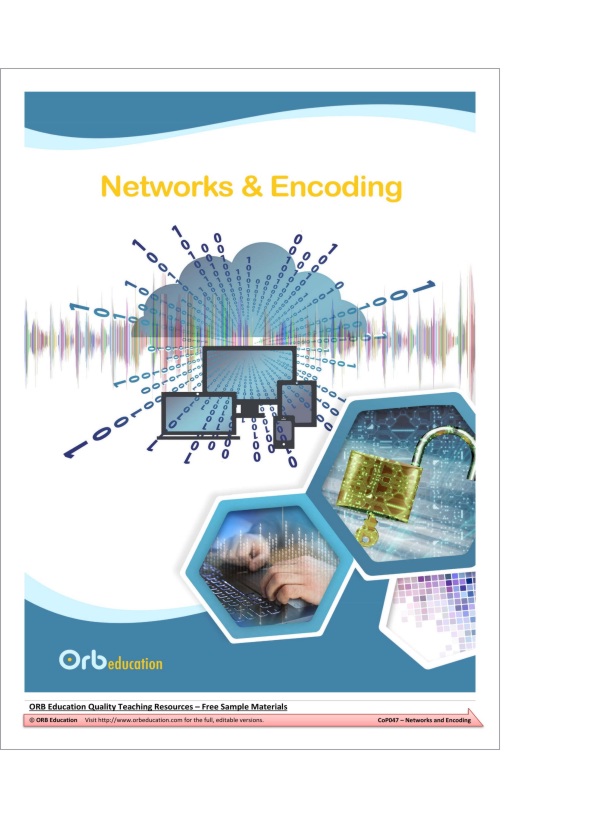
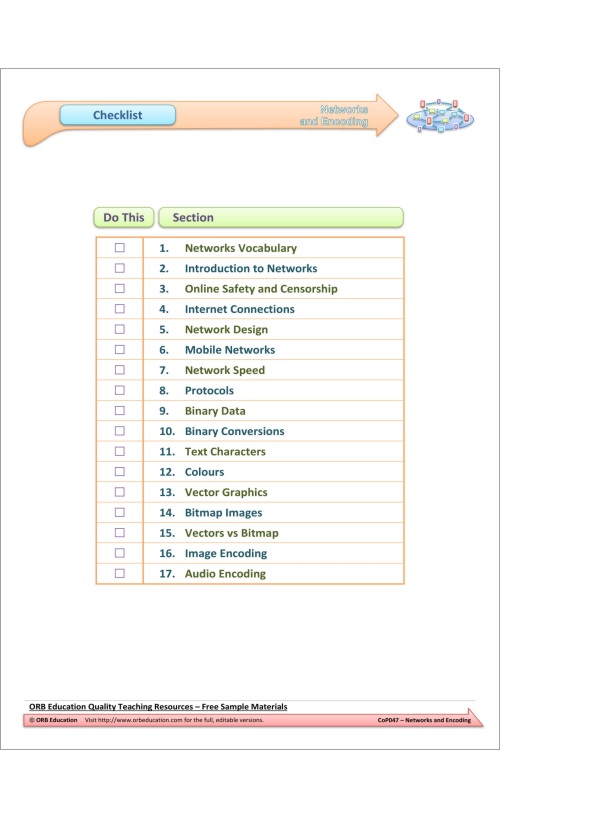
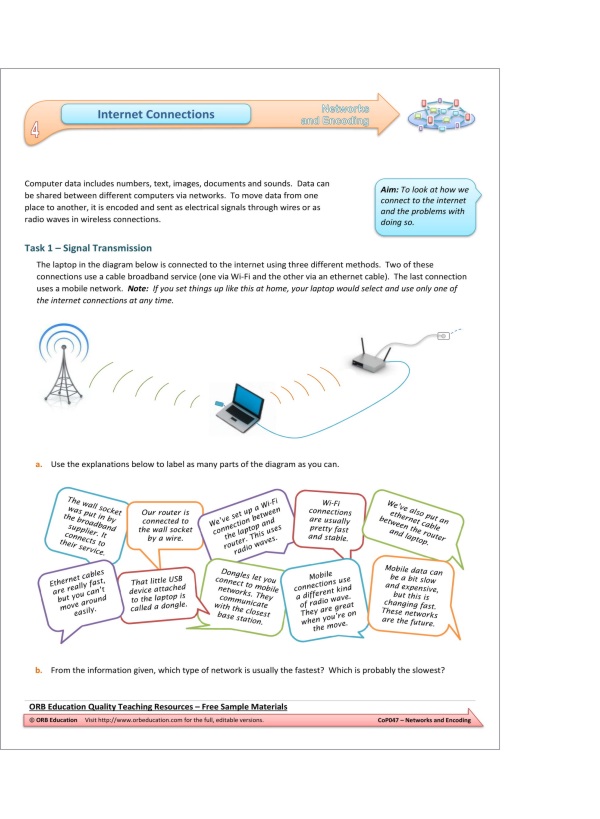
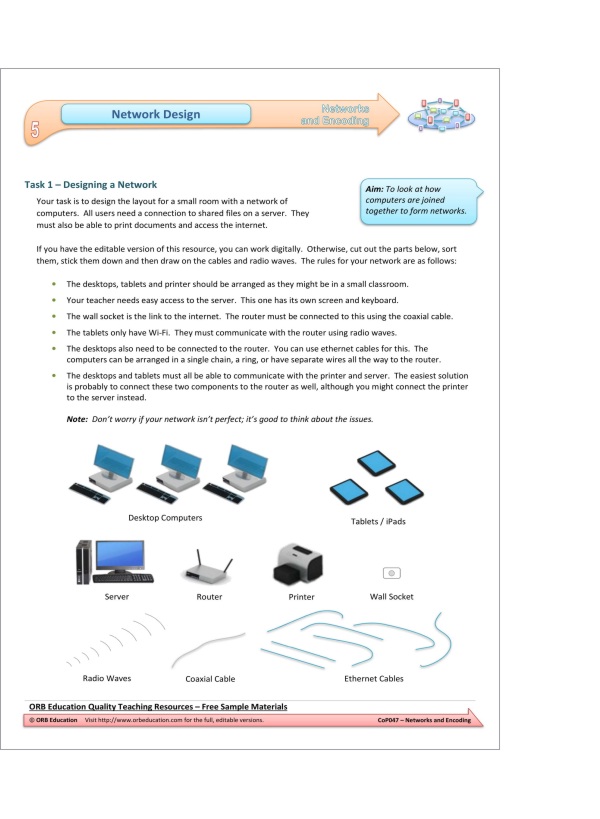
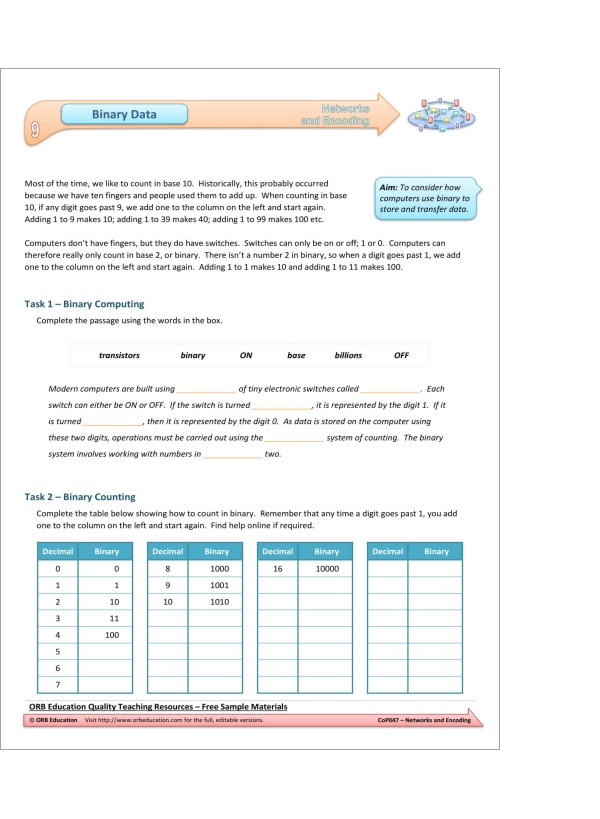
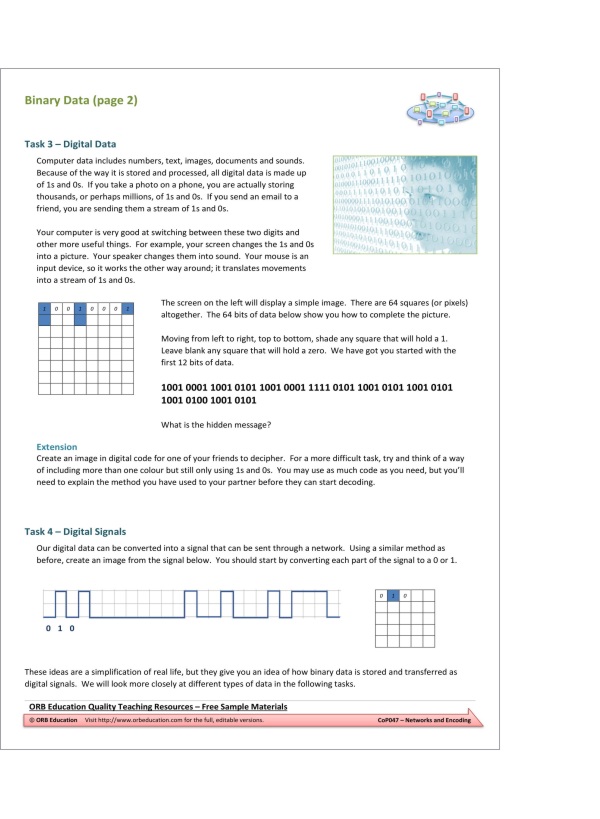
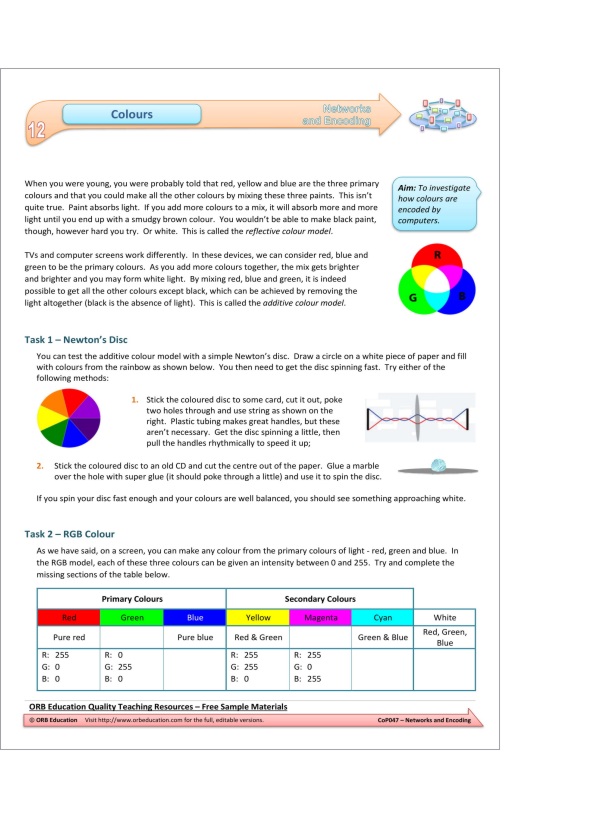
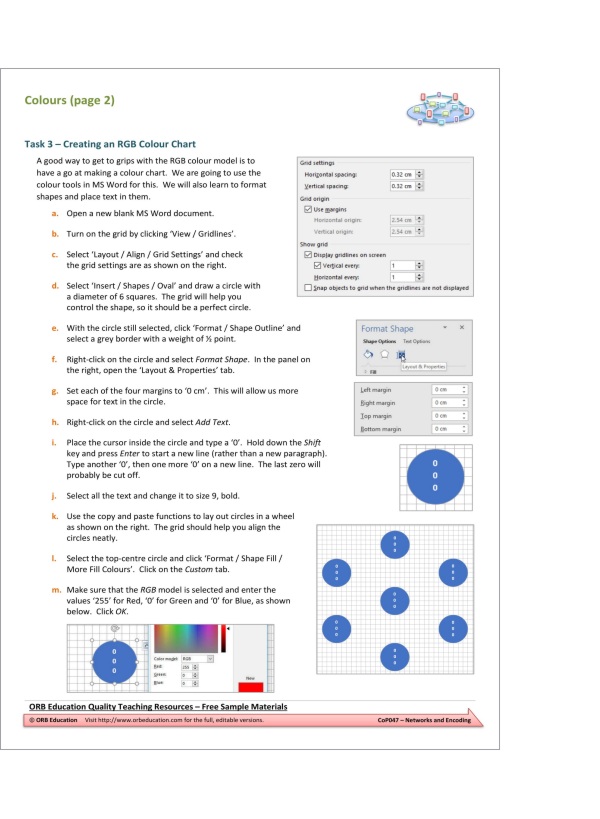
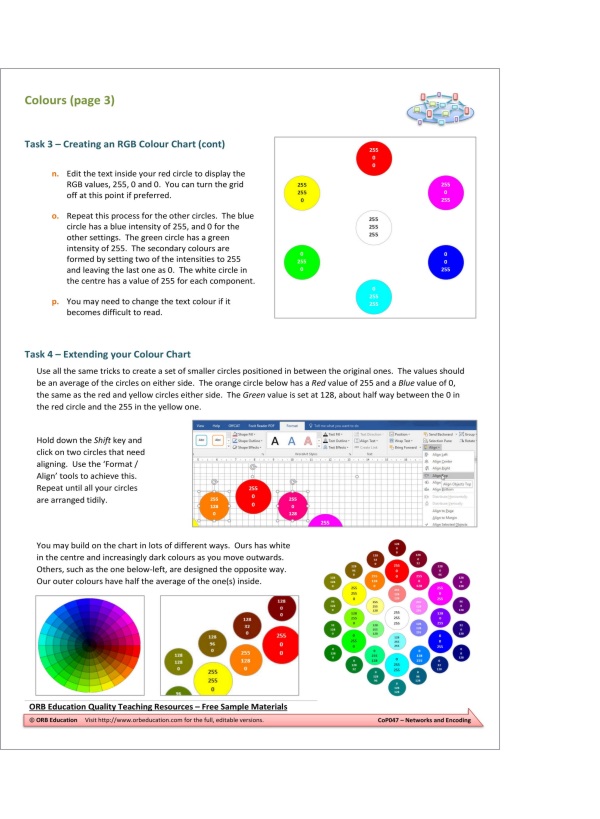
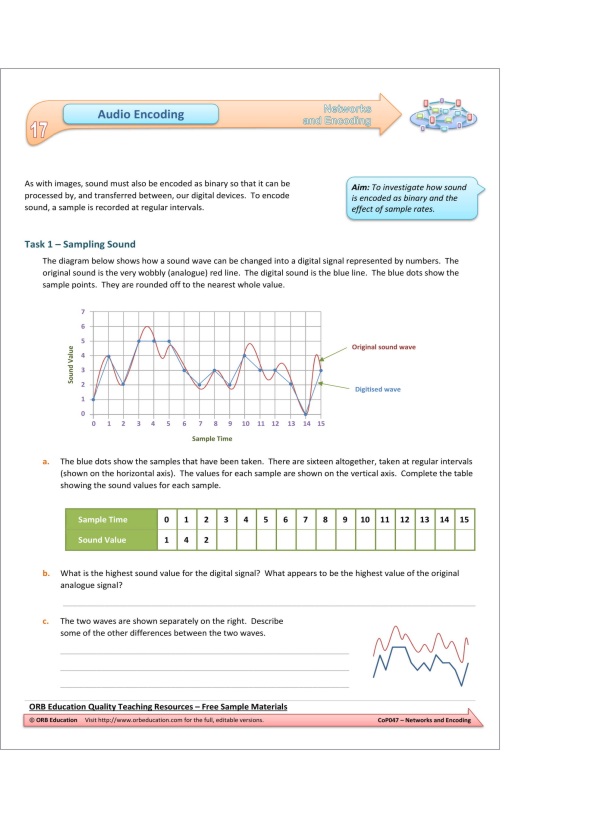
Reviews
There are no reviews yet.